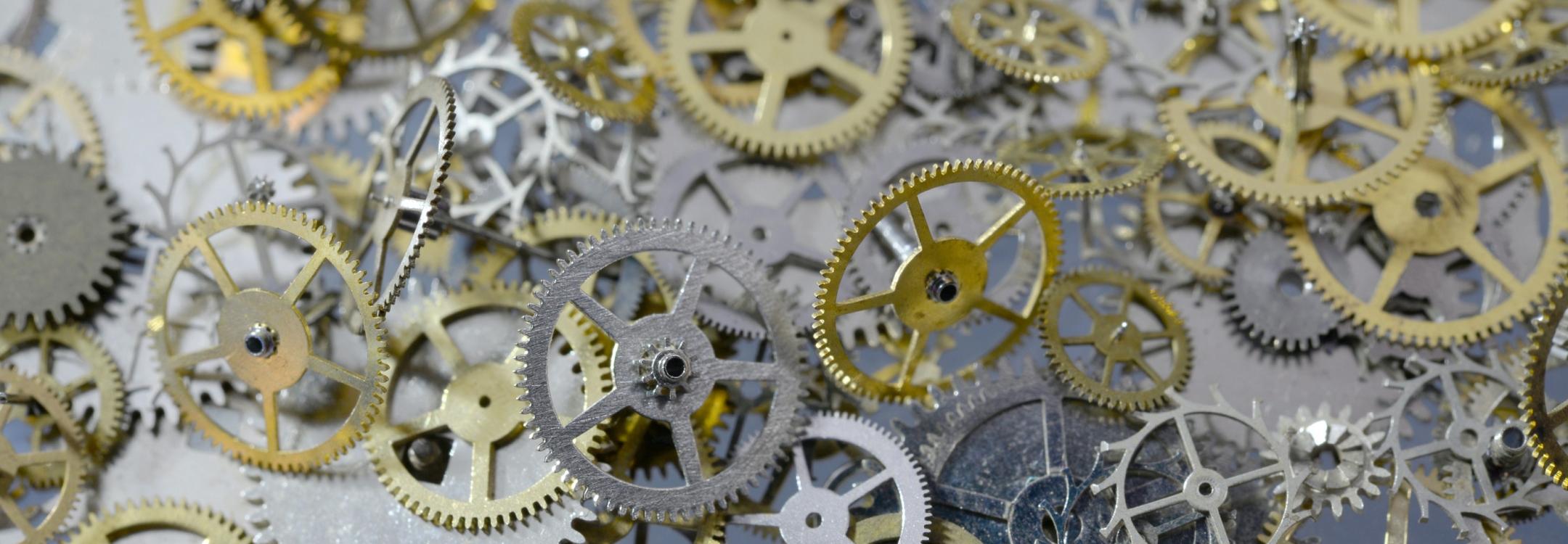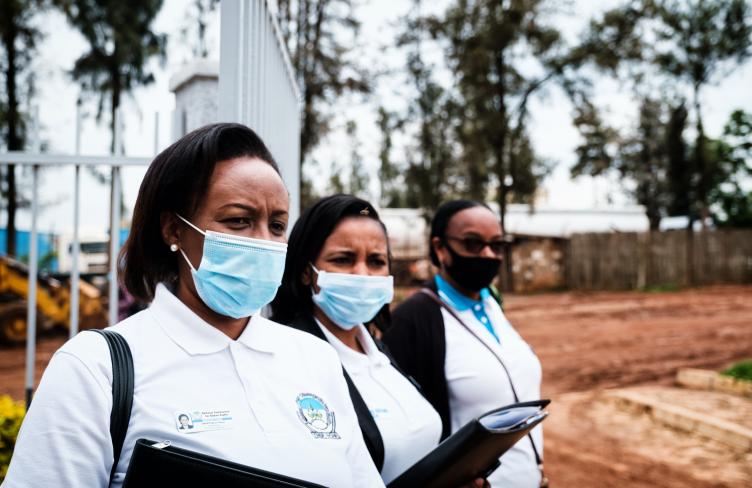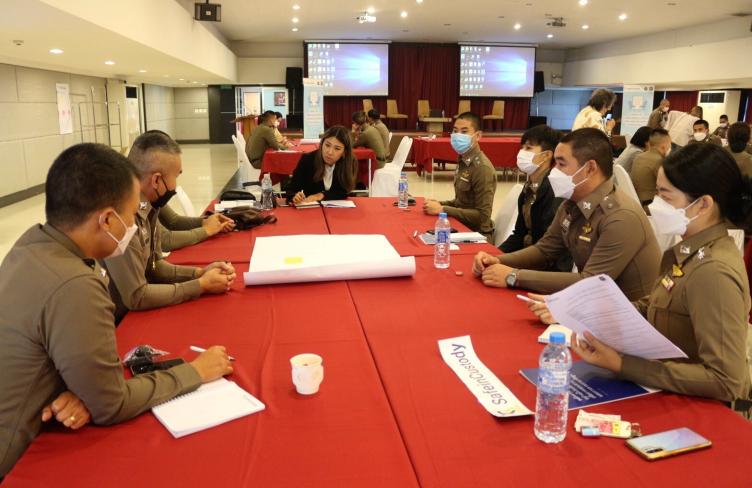
I have now learned that Manny Pacman is not a nickname for Manny Pacquiao, the famous Filipino boxing icon. It is, horrifyingly, the code name for a punishment where an officer would punch an inmate for 20 seconds, non-stop. This is one of the cruel treatments reserved for detainees in a secret cell in Laguna province, ready to be selected from the “Wheel of Torture”, depending on the officers’ “lucky spin”.
The Commission on Human Rights (CHRP) of the Philippines’s recent discovery of “torture roulette” in a secret cell has hit Manila headlines for the past week. The colourful wheel, meant as a method to pick random punishments for the detainees, was found when the CHRP inspected one of the Philippines National Police lock-up cells in response to a complaint of alleged human rights abuses of 15 detainees by police officers in Laguna. After the intolerable finding, Etta Rosales, Chairperson of the CHRP, called for the inspection of military facilities for possible torture chambers. The authorities’ show of surprise that such a degrading practice could exist within their prison system is also alarming. It raises the worrying possibility that there are more unlisted detention centres or secret cells to be found.
Yes, the discovery is a perturbing signal that a culture of impunity is still widespread in the Philippines. The authorities need to intensify their effort in ensuring that all places of detention are listed and updated regularly, which is a legal requirement under the Anti-Torture Law from 2009.
Yes, summary dismissal of the police officers invites further criticism of the weak implementation of the Anti-Torture Law. The United Against Torture Coalition (UATC)-Philippines, a civil society coalition comprised of 30 human rights organisations such as Amnesty International - Philippines, the Balay Rehabilitation Center and the Medical Action Group, has called for the Oversight Committee (mandated under the Anti-Torture Law) to convene and take steps to implement the law effectively. In this case, this includes the prosecution of the perpetrators. The authorities have now announced that they may have found “probable cause” to file charges against the ten police officers and their superiors.
In order to move forward and ensure that the torture roulette will not be repeated in any places of detention in the Philippines, let’s look at the potential and importance of having an independent monitoring body.
Role of independent bodies
The CHRP’s prompt response to the complaint demonstrates the important role of independent bodies, such as the national human rights institutions, in monitoring the conditions of places of detention and the treatment of persons deprived of liberty.
There had been criticism of the CHRP previously, especially on the quality of its response to human rights complaints. A public statement on extending the CHRP’s inspections to military facilities could potentially be an entry point for the Commission to enhance its mandate and revisit its role with the Oversight Committee. This would mean that efforts to conduct independent monitoring of places of detention will include a wider array of national actors and policy makers while covering a broader range of places of detention.
Engaging authorities
Compared to other countries in the region, the Philippines is very much leading the effort in torture prevention, thanks to the governmental efforts in institutionalising human rights and the tireless advocacy work of the civil society. However, the “Wheel of Torture” is an indication that the Philippines government needs to step up in its implementation of the Anti-Torture Law and of course, comply with its obligations under the UN Convention against Torture and its Optional Protocol.
As the Philippines is in the process of finding the right approach and module for its National Prevention Mechanism (NPM), this incident serves as a reminder that the NPM’s independent role to inspect places of detention and to engage with authorities is crucial. This can only be realised with the full cooperation of all national actors, especially the National Police, relevant authorities and civil society.
As of today, authorities claimed that they could not find the roulette wheel that was photographed during the CHRP’s inspection. Is this a result of the CHRP inspection and public attention to the issue? I cannot help thinking of the possibilities of the torture wheel being spun in other secret locations, while detainees can only anticipate the hurt and humiliation that will come. A painful vision that could be avoided if the CHRP, the Oversight Committee and the potential NPM are allowed to enter all places of detention in the Philippines.


